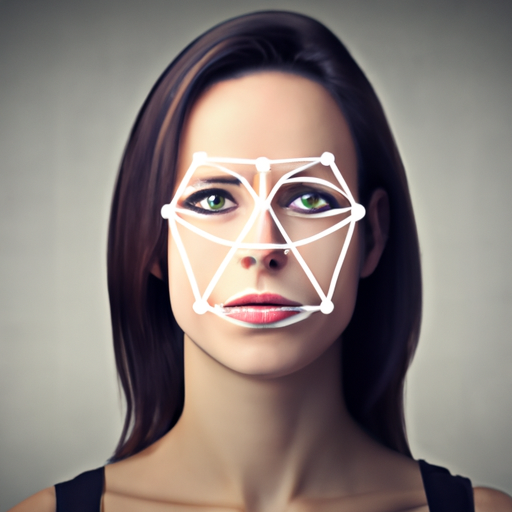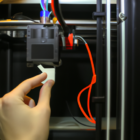In recent months, the field of quantum computing has witnessed unprecedented advancements, pushing the boundaries of technology and opening new frontiers in artificial intelligence. As researchers and companies race towards achieving quantum supremacy, the implications of these breakthroughs are becoming increasingly significant for industries worldwide.
Latest Breakthroughs in Quantum Technology
Major tech companies, including Google and IBM, have unveiled groundbreaking developments that demonstrate the potential of quantum systems to outperform classical computers in specific tasks. Recent experiments have shown quantum processors solving complex problems that were once deemed impossible, showcasing the power of quantum computing.
Applications and Impact on AI
These advancements are not just theoretical; quantum computing is finding real-world applications across various sectors, from pharmaceuticals to finance. In the realm of artificial intelligence, quantum algorithms are set to revolutionize machine learning processes, leading to faster data analysis and improved decision-making capabilities. Imagine the speed at which AI could process and interpret vast amounts of data!
Challenges Ahead
Despite the positive outlook, experts warn that significant challenges remain. Issues such as error rates in quantum bits and the need for stable quantum states continue to pose hurdles to fully realizing the potential of these systems. However, with ongoing research and collaboration across academic and corporate sectors, solutions are on the horizon.
The Future of Quantum Computing
As quantum computing technology continues to evolve, it is clear that we are on the brink of a new technological era. The coming years are likely to bring even more revolutionary advancements, making it imperative for businesses and researchers to stay informed and adapt to these changes.
In conclusion, the latest advancements in quantum computing are set to transform technology as we know it. As we move forward, it is crucial to continue exploring the potential of this groundbreaking field, unlocking new possibilities and enhancing our understanding of the universe.












